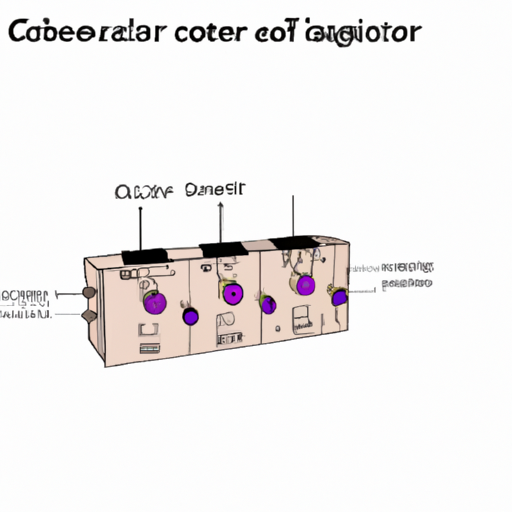Core Functional Technology of VCOs
| 1. Basic Operation | |
| 2. Types of VCOs | |
| 3. Key Parameters | |
| 4. Control Voltage Characteristics | |
| 1. Communication Systems | |
| 2. Signal Generators | |
| 3. Radar Systems | |
| 4. Synthesizers | |
| 5. Automotive Applications | |
| 6. Consumer Electronics |
Application Development Cases
Conclusion
Voltage Controlled Oscillators, including models like the CFR-50JB-52-1M6, are essential components in a wide array of electronic systems. Their ability to generate variable frequencies in response to control voltages makes them invaluable in fields such as telecommunications, automotive technology, and audio synthesis. By understanding the core technology and diverse application cases of VCOs, engineers and developers can effectively integrate these components into their designs, driving innovation and enhancing performance across various industries.






